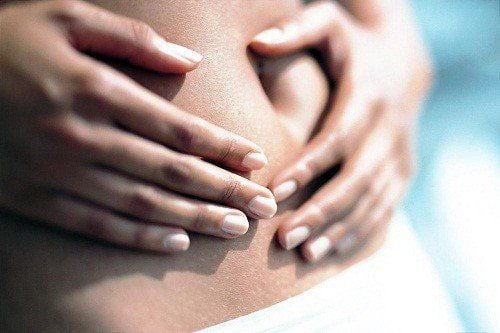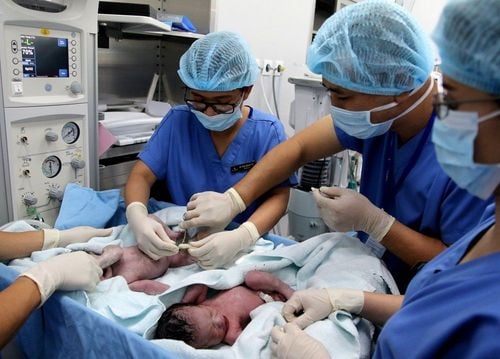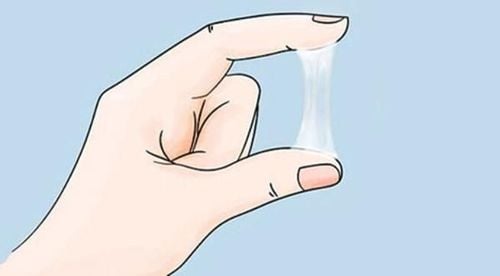This is an automatically translated article.
The article was professionally consulted by Assoc. Prof. TS.BS Phillippe Macaire - Head of Anesthesiology Department, Vinmec Times City International Hospital.Currently, according to statistics in major maternity hospitals, about 30-50% of pregnant women are prescribed caesarean section to ensure safety for mother and baby. The baby will be removed from the uterus by the doctor through surgery using anesthetic and prophylactic antibiotics. Especially for mothers who give birth for the first time, having a cesarean section will have many concerns and worries.
1. What is anesthesia during caesarean section?
Anesthesia for cesarean section is a safe and effective procedure. In caesarean section surgery, spinal anesthesia is usually applied. The mother will be injected with anesthetic into the spinal cord by the doctor, making the mother immobile, unable to feel completely in the lower half of the body while the doctor lifts the baby out of the womb (until the anesthetic wears off. ). When is anesthesia needed in a cesarean section? In case the mother cannot give birth naturally, the doctor will appoint a cesarean section to ensure the safety of both mother and baby. This indication depends on how the pregnancy is progressing, the position of the baby, or if the mother has twins or triplets. Anesthesia is administered prior to the cesarean section.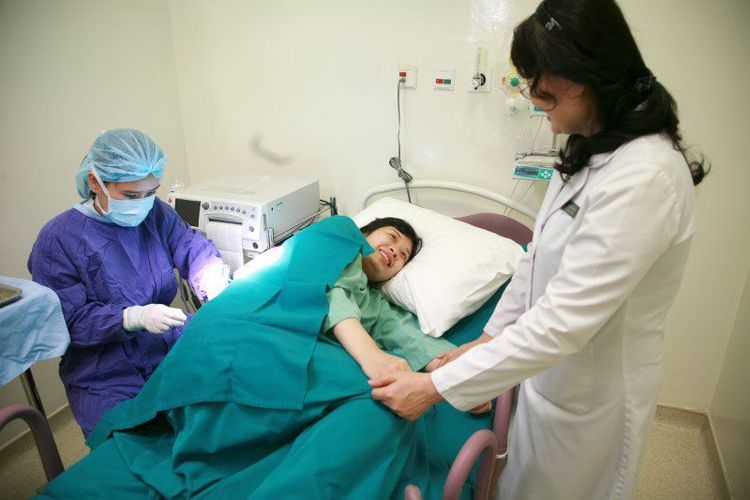
2. Is there still pain during cesarean delivery?
2.1 During surgery
During the operation, the mother was given anesthesia for the entire lower body, so she would not feel any pain, although she could still feel the doctor's movements when operating or removing the fetus. At this time, the mother is fully awake and can witness the moment the baby is born.At Vinmec, during the cesarean section, the mother's health will be closely monitored and supported by the anesthesiologist to ensure the mother's safety.
2.2. After surgery
When the anesthetic wears off, the incision will make the mother feel very painful, so the mother can only lie still on the bed, not daring to move, or turn. At the same time, side effects of anesthetics may occur to the mother such as headache, dizziness, nausea, vomiting, chest tightness, back pain. The time it takes for the drug to dissolve depends on the mother's health and the amount of anesthetic used in the body.Normally, anesthesia lasts 4-5 hours. It took about 5 days for the pain to subside and the mother could move more. Although it feels extremely painful, the mother should not lie down too much. After giving birth, about 48 hours after giving birth, the mother should sit up and learn to walk so that the body can quickly recover and reduce the risk of intestinal adhesions.
3. Methods of pain relief after cesarean section
3.1. Doctors help relieve pain
Usually, after the surgery, when the anesthetic wears off, the woman will have pain at the incision site and when going to the toilet, the pain can be moderate to severe and last for 30-40 hours.You can be prescribed pain relievers, maybe even psychotropic pain relievers, but these drugs do not provide complete pain relief and will affect your postpartum activities.
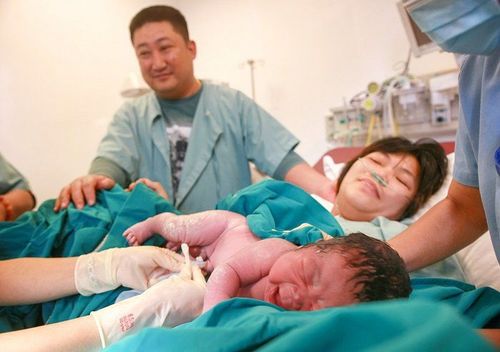
Under the guidance of ultrasound, the doctor injects the exact amount of anesthetic used with a long-term effect into both sides, this technique is called “lumbar squamous sphincter anesthesia - QL blocks". The method has been proven to be the best method to limit residual pain after surgery in general and after cesarean section in particular. The injection site is far from the spine, extremely safe and effective, the mother can completely take care of the baby, walk freely and do not lose sleep The mother can walk and take care of the baby very quickly delivery, early discharge from the hospital, and no chronic pain after surgery.
3.2. Reasonable rest
In the first 24 hours after giving birth, the mother should just lie down, avoid exercise that affects the abdominal muscles. To relieve pain, pregnant women absolutely do not stiffen, relax, especially the lower abdominal muscles. When you feel the need to urinate, the mother needs to urinate immediately because if the bladder is full, it will push the uterus up, leading to painful uterine contractions.3.3. Limit eating for 6 hours after surgery
During this time, the bowel movements are very little, so if the mother eats it right away, it will lead to bloating, indigestion, and constipation. After 6 hours or more, the mother should eat soft, liquid and easily digestible foods such as soups, thin porridge. After 48 hours, the mother's intestines begin to function normally and can eat rice, but should not eat too much.3.4. Supplement essential nutrients to restore health
Eating well, supplementing with nutrients is essential to help the body recover quickly. Increase protein, vitamin A and C supplements for quick recovery of the incision. In addition, postpartum mothers should also supplement with foods with anti-inflammatory properties such as turmeric, fruits, fish ... Absolutely avoid foods and drinks such as stimulants, water spinach, egg whites, .. .it will make the wound take a long time to heal.3.5. Gentle exercise
Mother should be active, practice sitting up. Because thanks to exercise, the body can circulate blood, limit blood clots, help the body reduce pain and recover faster. After 48 hours, you need to try to practice walking gently around the room with someone to help you. At Vinmec, with the support of pain relief methods, mothers can learn to walk earlier.3.6. Clean the incision
The mother needs to pay attention to clean the incision every day according to the instructions of the nurse. Avoid letting water get into the incision as much as possible. And if you see that the incision is swollen and drained, immediately go to a medical facility for examination to avoid the possibility of infection.Any questions about anesthesia and pain relief in cesarean section, please come directly to Vinmec hospitals nationwide or book an appointment on the website for support.
Please dial HOTLINE for more information or register for an appointment HERE. Download MyVinmec app to make appointments faster and to manage your bookings easily.





